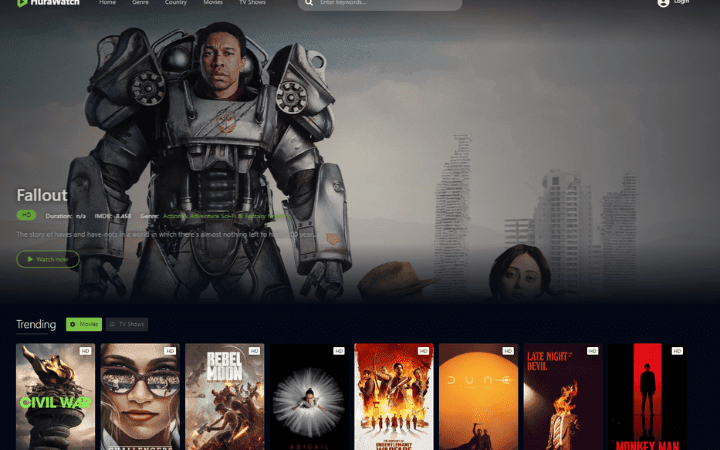How To Develop A Big Data Strategy?

Big Data strategy plays key role in the business transformation and the following six steps will help you ensure the optimal use of Big Data in your company.
Identify Know-How Gaps
It is a relatively new technology that is only getting started in many companies. The problem: Many IT experts are not yet sufficiently familiar with the methodology to use it profitably, even if the appropriate tools are available. Therefore, you should evaluate the status quo initially: What know-how is known internally, what gaps are there?
Then take systematic action to close those gaps. For example, there are multiple e-learning offers on platforms such as Udemy. The manufacturers of significant data software also often offer related training courses. You can also close know-how gaps by hiring dedicated prominent data experts. Or bring in external consultants or managed services providers. The advantage of this variant: You can buy exactly as much support as you need; “Overstaffing” is avoided.
Set Up a Center Of Excellence
It’s not just about bringing the relevant know-how into the company: it also has to be distributed skillfully. If only a select few know about it, the positive benefit for your organization is minimal. Therefore, it is remarkably advisable for large organizations to set up an Excellence Center.
Here, relevant information, techniques, and best practices are documented centrally for everyone. This can be done very quickly in a company wiki, but it can also be combined with project descriptions and self-produced e-learning offers. In this way, ample data know-how is propagated throughout the company, the investment costs are amortized, and the employees are further qualified.
Identify Significant Data Sources
There are different categories of data that you can include in your big data strategy. The most important are:
- Streamed data. This data usually comes from IoT devices such as networked machines, self-driving cars, or medical wearables. Some of these devices process the information directly with the help of built-in microprocessors ( edge computing ). In contrast, others only read the data via sensors and upload it to the cloud.
- Social media data. Content trends and user reactions on platforms like Facebook, LinkedIn, or Instagram are evaluated here. This is particularly relevant for marketing, sales, and support. But product development can also benefit because user needs are recognized more quickly and translated into solutions. Typically, this type of data requires more post-processing effort because of various media types (text, images, videos, GIFs).
- Public and shared data. Analyzing public resources such as websites, pronouncements, legal texts, and generally accessible databases can also be worthwhile. B2B companies are also interested in data made available to them by suppliers or customers. For example, if an aircraft manufacturer makes component wear data available to its supplier, the latter can use this for product optimization by using new materials or strengthening weak points.
Choose Your Analysis Method
You should always make a preliminary selection: Which data is worth analyzing now, and which data can we ignore for the time being? In this way, you keep the use of resources manageable. In the second step, you should deal with the technological implementation. The bandwidth ranges from grid computing and in-memory technologies to machine learning applications. The latter can increasingly be obtained flexibly as a service from the cloud Machine Learning as a Service. Almost all major providers such as Microsoft, Amazon, IBM, or Google now offer corresponding SaaS solutions, for example, for predictive analytics, risk and customer forecasts, and natural language processing.
Connect Big Data Strategy With Existing Data Sets
Many new big data adopters fail to compare their analysis to previously collected data. Such comparisons can bring quick insights to light. An example: Compare the customer satisfaction of your previous critical accounts with the customer satisfaction of all buyers. The same applies to the previously collected supplier, production, and environmental data. This gives you a direct time perspective, even though you’ve only recently started using big data tools.
Use Big Data Strategy With A Cloud Solution
It requires enormous computing resources. This applies to the pure storage of the data and the computing power for functional analysis. Your users should be able to set up new analytics sandboxes at any time as needed. In some cases, simulations have to be carried out based on the data obtained to test that the data have been interpreted correctly; only then can the actual process be adapted. Traditional on-premises infrastructures are quickly overwhelmed with such scenarios. Instead, it would help if you had a solution that scales flexibly.
Therefore, many big data concepts rely on the cloud as a technological basis, with entirely different manifestations. A public cloud solution offers favorable primarily cost structures. However, a private cloud is better suited for sensitive data, for example, in the insurance or financial sector. Some models combine both approaches, such as the so-called hybrid cloud. And in a community cloud, several companies with similar data need to share the same cloud space.
Also Read: Advantages And Disadvantages Of Blockchain Technology






